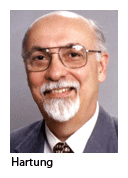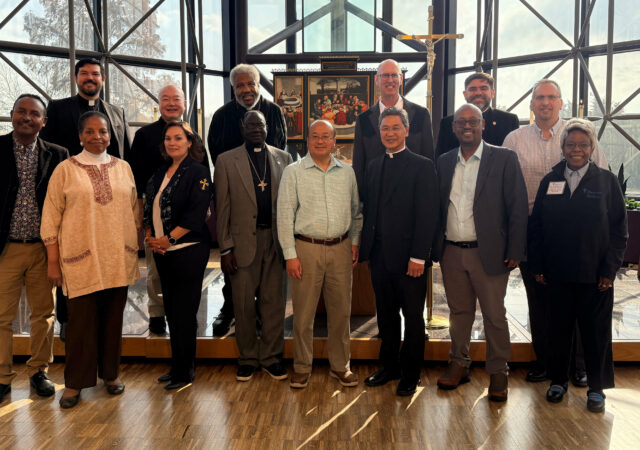With Dr. Bruce Hartung
Q: I am serving as a pastor. An individual who has committed and been punished for sexual abuse is looking for a worshiping community [and has chosen the congregation I serve]. He understands the consequences of his past behavior and is, I believe, consistently and genuinely repentant.
I plan to work with our elders to develop a plan for Word and Sacrament ministry for individuals who are registered sex offenders – a plan that protects the congregation and supports the individual.
What can I expect from my congregation and what should the leaders be aware of, as we develop a structure and plan for this ministry?
 A: Your Holy Spirit-driven vision of the basic redemptive work of Christ is to be supported by the Body of Christ, including members of your congregation.
A: Your Holy Spirit-driven vision of the basic redemptive work of Christ is to be supported by the Body of Christ, including members of your congregation.
I do not know your congregation or its members, so I can speak only generally.
There will likely be considerable anxiety among your elders and other members, even when everyone understands and believes in the saving work of Christ for all people. When any of us have in our presence people who have abused and hurt others – even if they are repentant – there is concern, fear, and anxiety, along with a desire to offer the love of Christ that so richly covers all of us.
First off is the reality that this is not an easy emotional encounter. Such struggle on the part of members should be acknowledged and worked with, rather than judged or suppressed.
I believe that there are two fundamental values at work in what you want to do: 1) protect those who are in a position of vulnerability and of less power, and 2) embrace in the community of the Body of Christ all those whose transgressions are forgiven and whose sins are covered.
Concerning the first value – the safety of all members of the Body of Christ, especially those who are more vulnerable and dependent (such as our children) is critical. Our churches should always be safe spaces.
To that end, I recommend that you and your congregation (and, of course, others who read this column) consult the Church Law and Tax Report, at www.church lawtodaystore.com. Consult both the “risk management” and “safety” sections for resources that could directly help. This service focuses on how congregations can become more aware of their risk-management responsibilities and implement policies that promote creation of safer spaces for people.
This site also will raise some issues that may not have been fully resolved by congregations, especially risk-management issues such as employment contracts, worker screening, disaster planning, and security. Although these documents may not be free, the cost is very much worth it.
A major task for you and your congregation’s elders is to do your utmost to provide the necessary safe space. This will work to calm some of the anxiety of members. Protection of those more vulnerable and in positions of power, such as our children, is fundamental.
Now to the second value – Christ died for all people and His atonement covers all sin, even those sins (and the people who have committed them) that are very difficult for us to face. The sin of the individual you describe is forgiven by Christ and covered over by His redemptive work.
At times I am reluctant to behave in accord with the forgiveness offered by Christ and with others whose sins I abhor. But I am called to do that, and this then becomes my spiritual challenge – and likely the challenge of congregational members. The repentant individual you describe is a forgiven member of the Body of Christ – no different than I. This is your message to him and your pastoral care with him!
Rev. Bruce M. Hartung, Ph.D., is dean of Ministerial Formation at Concordia Seminary, St. Louis, and can be reached at hartungb@csl.edu.
Posted Jan. 9, 2009




